New Research Indicates That We Were Wrong About the Birthplace of Humanity
Human beings are an incredibly curious species. For centuries, we have been trying to figure out who and where we came from. While several theories have been proposed, the most commonly believed hypothesis is that humans originated somewhere in Africa before spreading around the world.
However, new information has come to light that proves humans didn’t just derive from one specific place but several areas all over the continent of Africa.
The Long-Standing Out of Africa Theory
Often called the OOA, the Out of Africa theory is the most widely accepted model for human origin. While scientists have their own versions of the hypothesis, such as the timeline and exact migration paths, the general idea has always been the same.
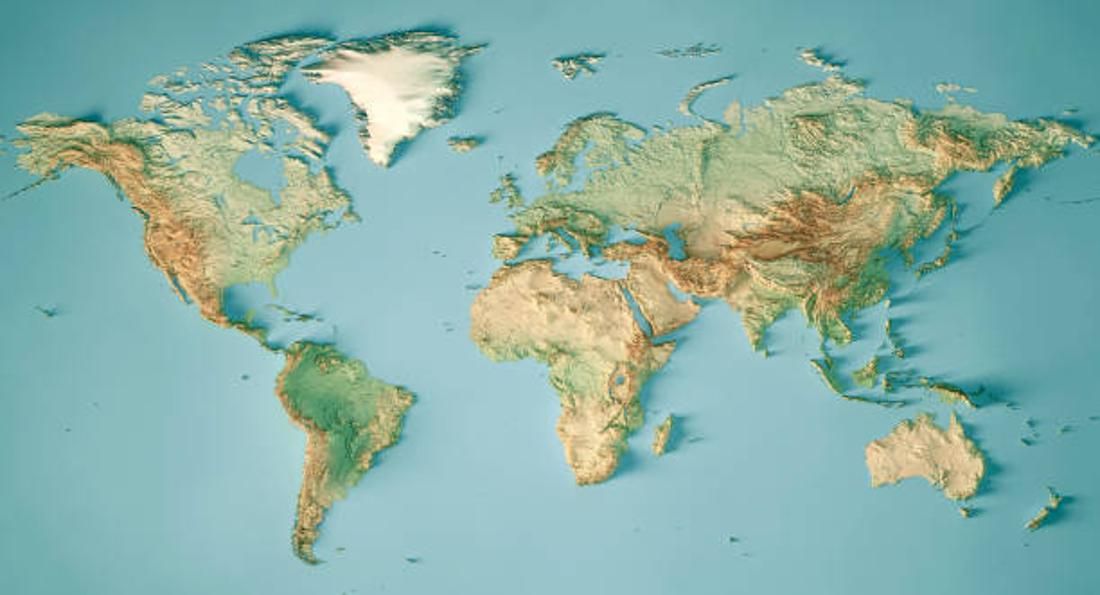
Source: iStock
It said that before there were Homo sapiens, there were Homo erectus and Homo neanderthalensis, and these pre-modern humans evolved in Africa before migrating to the other continents.
New Information Is Changing This Theory
However, a paper released in July 2023 by Nature explains this theory has one major fault. According to their research, a team of scientists has finally confirmed that the earliest humans did not evolve in just one specific location but several.
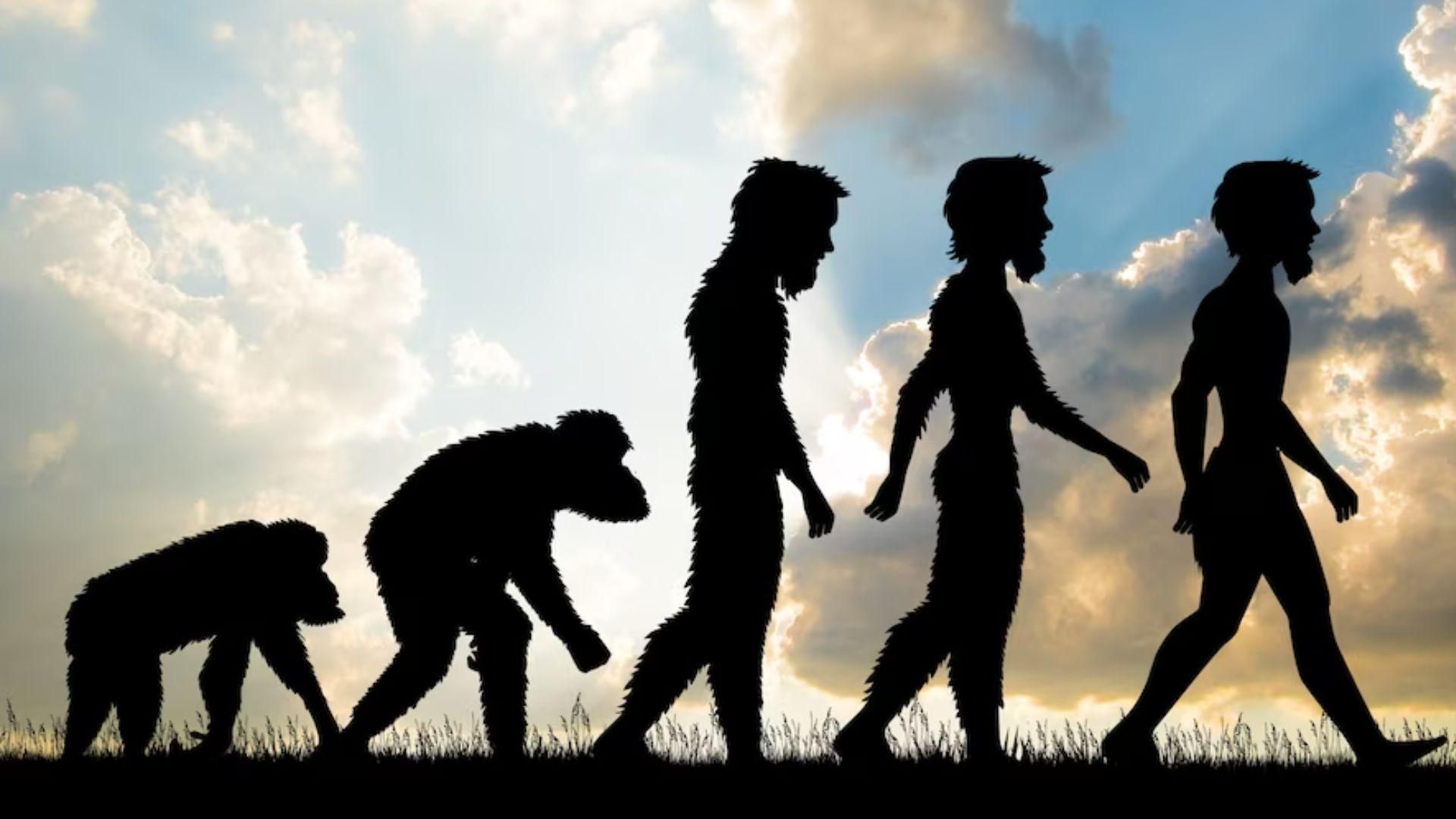
Source: Freepik
The paper begins, “Despite broad agreement that Homo sapiens originated in Africa, considerable uncertainty surrounds specific models of divergence and migration across the continent.” And then, it goes on to explain why the classic OOA theory is simply incorrect.
Studying the Evidence
In order to write this wildly interesting paper, the research team first had to investigate. They report that, over several years, they studied the genomes of 300 people from a wide range of ancestral ethnicities.

Source: Freepik
The team even analyzed genomes, or complete sets of DNA, from human skeletons nearly one million years old. What they found truly surprised them.
At Least Two Distinct Populations Were Found
Within the research, it was clear there was not one but two distinct populations within the hundreds of genomes they scrutinized.

Source: Freepik
They named these two populations Stem1 and Stem2, and while they argue that both populations did originate on the continent of Africa, they did so at different times and in separate locations.
“There Is No Single Birthplace”
Evolutionary archaeologist Eleanor Scerri explained to the New York Times, “There is no single birthplace. It really puts a nail in the coffin of that idea.”

Source: Adobe Stock
In addition to debunking the theory of a single origin, the extensive team of researchers from all over the world has also postulated several other groundbreaking theses regarding the first human beings.
Stem1 and Stem2 Didn’t Reproduce Together Until 120,000 Years Ago
The team of researchers has deduced that the two populations, Stem1 and Stem2, evolved and developed into the earliest Homo sapiens separately. In fact, they believe the two groups did not mate with each other until about 120,000 years ago.
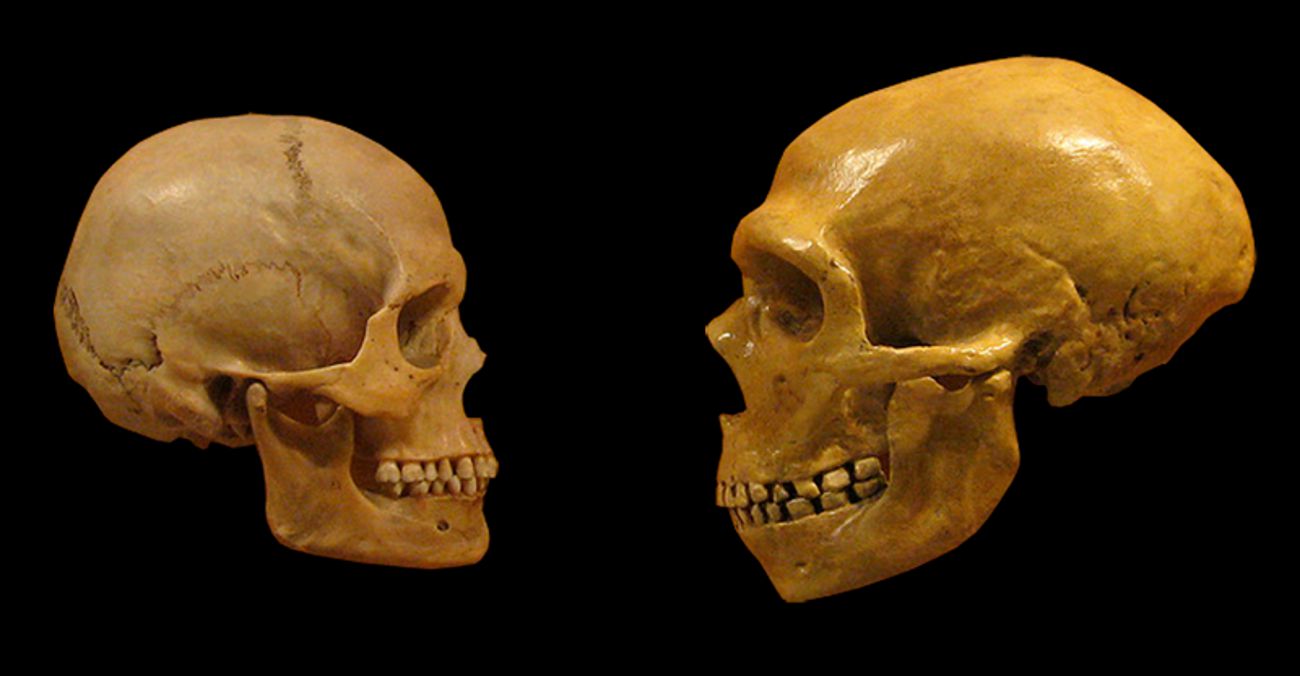
Source: Wikipedia
They also understand that the two specific genomes affected human DNA up to around 25,000 years ago. Since then, the two Stem groups have essentially merged, and human DNA is far less distinct than it once was.
Several Questions Still Remain
While this new information certainly changes the original OOA theory and, really, the entire hypothesis behind human evolution, several questions remain.

Source: Freepik
First and foremost, many are wondering how evolution could have created two such similar genomes in beings that had never interacted or reproduced.
The Ghost Population Theory
One answer to this question resides in the idea of a ghost population, i.e., a species of early humans of which there is no physical evidence.
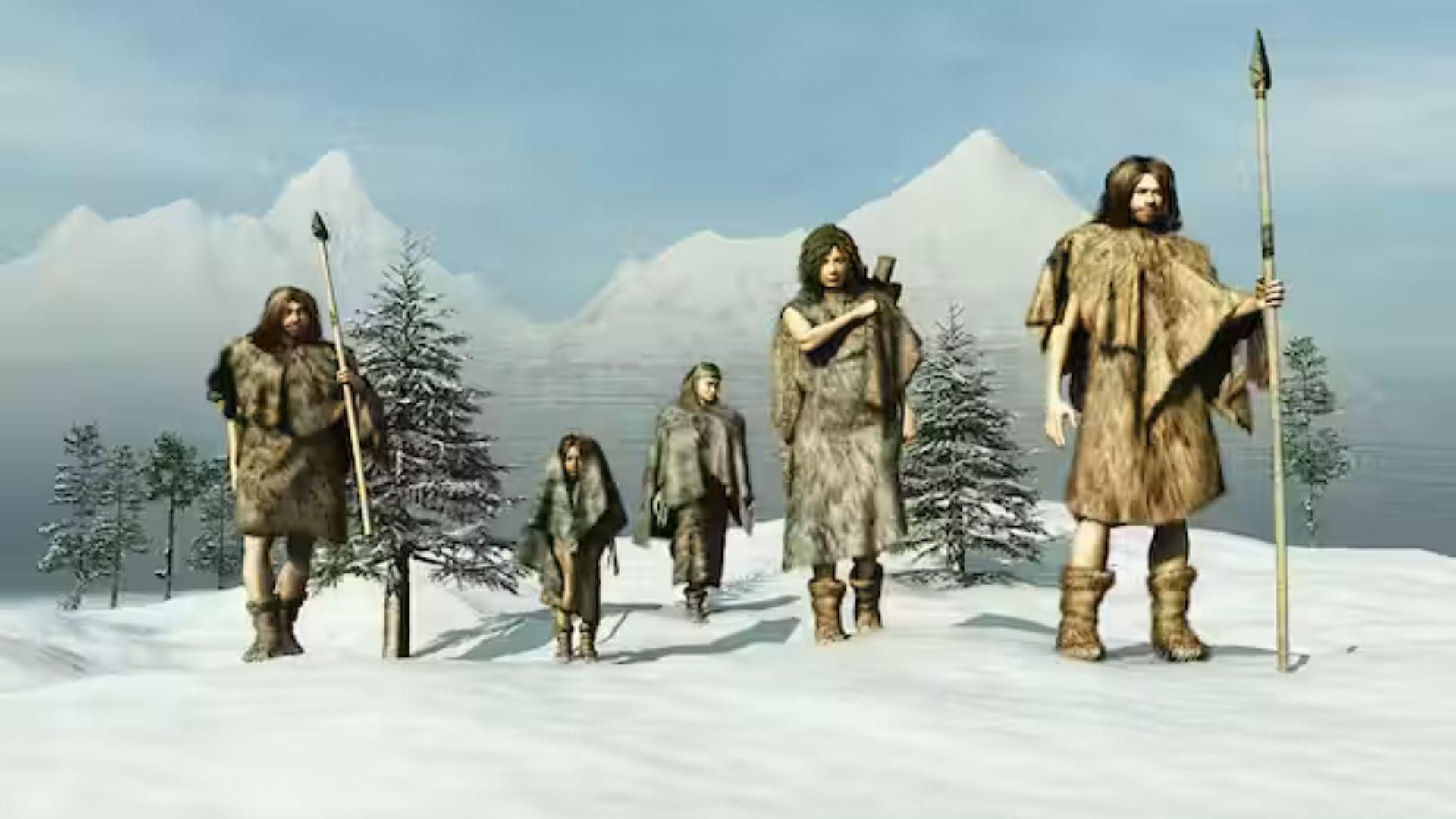
Source: Depositphotos
This theory has been applied to the long-standing question of how Neanderthals went extinct just as Homo sapiens began populating the planet.
Where Did the Two Stems Originate?
Unfortunately, the scientists who proposed the two-stem theory cannot answer one important question: Where did Stem1 and Stem2 originate?

Source: Wikipedia
Of course, there are some theories, and the general consensus is that both stem populations evolved on the continent of Africa, but as of right now, no one can say for sure exactly where they evolved.
Could There Have Been Several More Homo Species?
The idea of whether or not Neanderthals and modern Homo sapiens ever met or interacted has been debated for decades. Some scientists argue that the two groups lived in different corners of the world and, as two separate species, never bred.
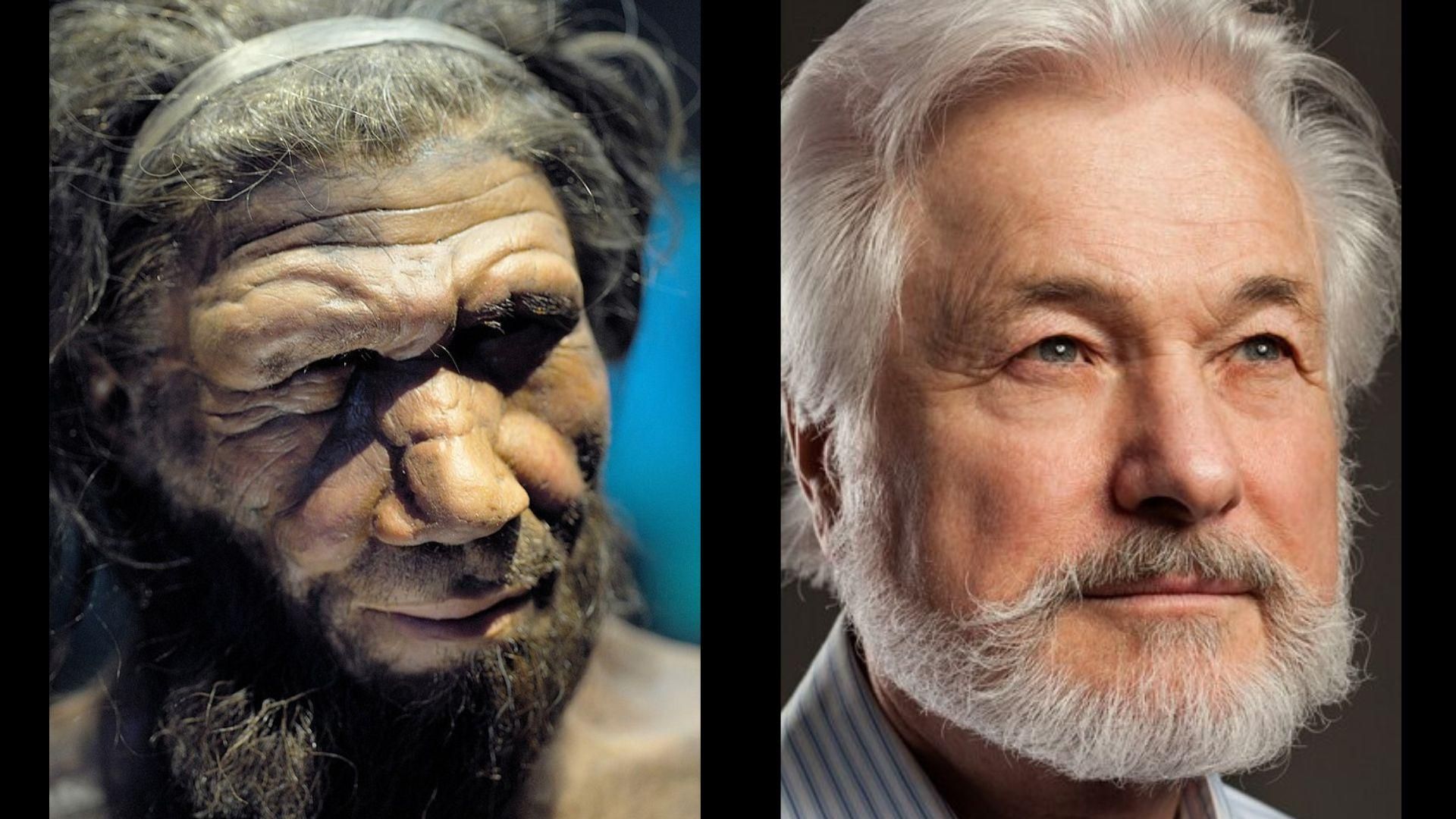
Source: Wikipedia/Freepik
Though, that theory has recently been all but discredited. The majority of scientists in the field now believe that Homo sapiens absolutely did reproduce with both Neanderthals and Homo erectus. And that several ghost populations could have occurred for short periods of time due to the intermingling species.
All Modern Humans Share a Similar Ancestry
We may never have a concrete answer for exactly who and where we came from, but that doesn’t mean scientists and researchers all around the world are going to stop trying.

Source: Freepik
As geneticist Aaron Ragsdale, the lead author of the study, explained, “All humans share a relatively recent common ancestry, but the story in the deeper past is more complicated than our species evolving in just a single location or in isolation.”
